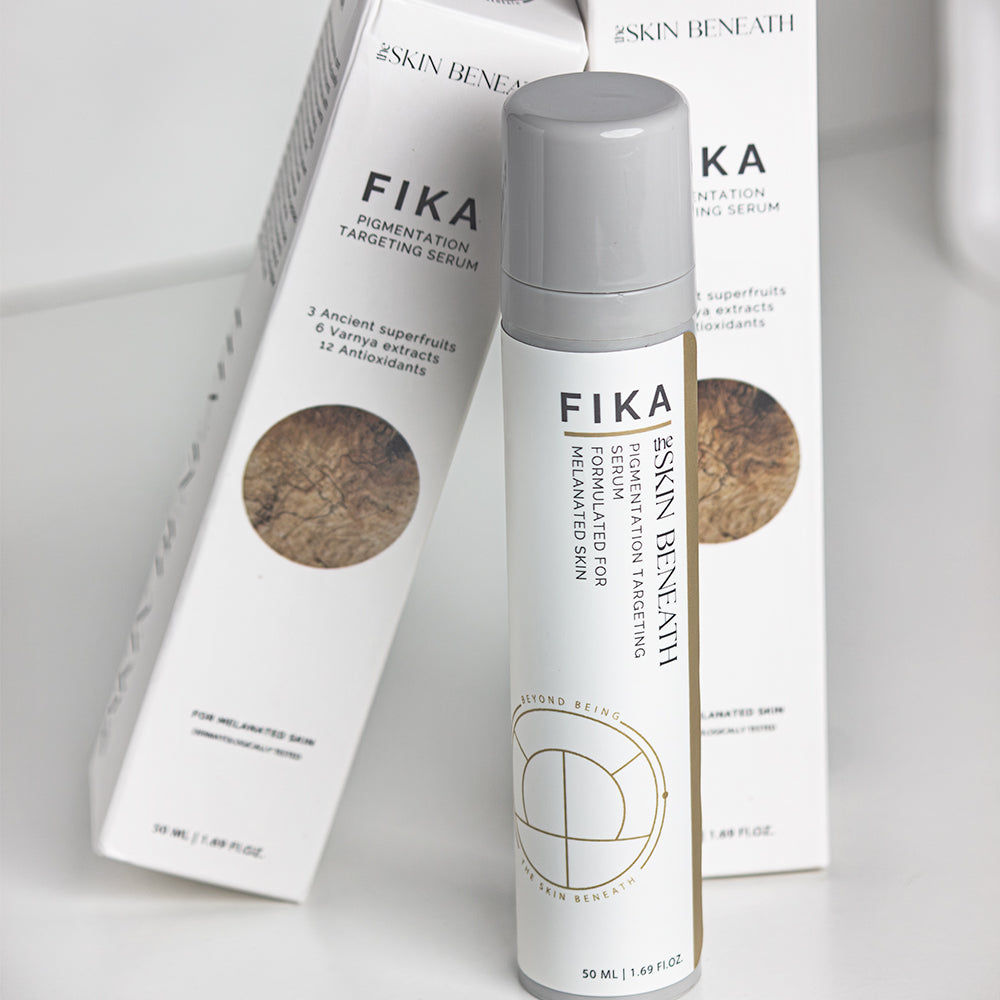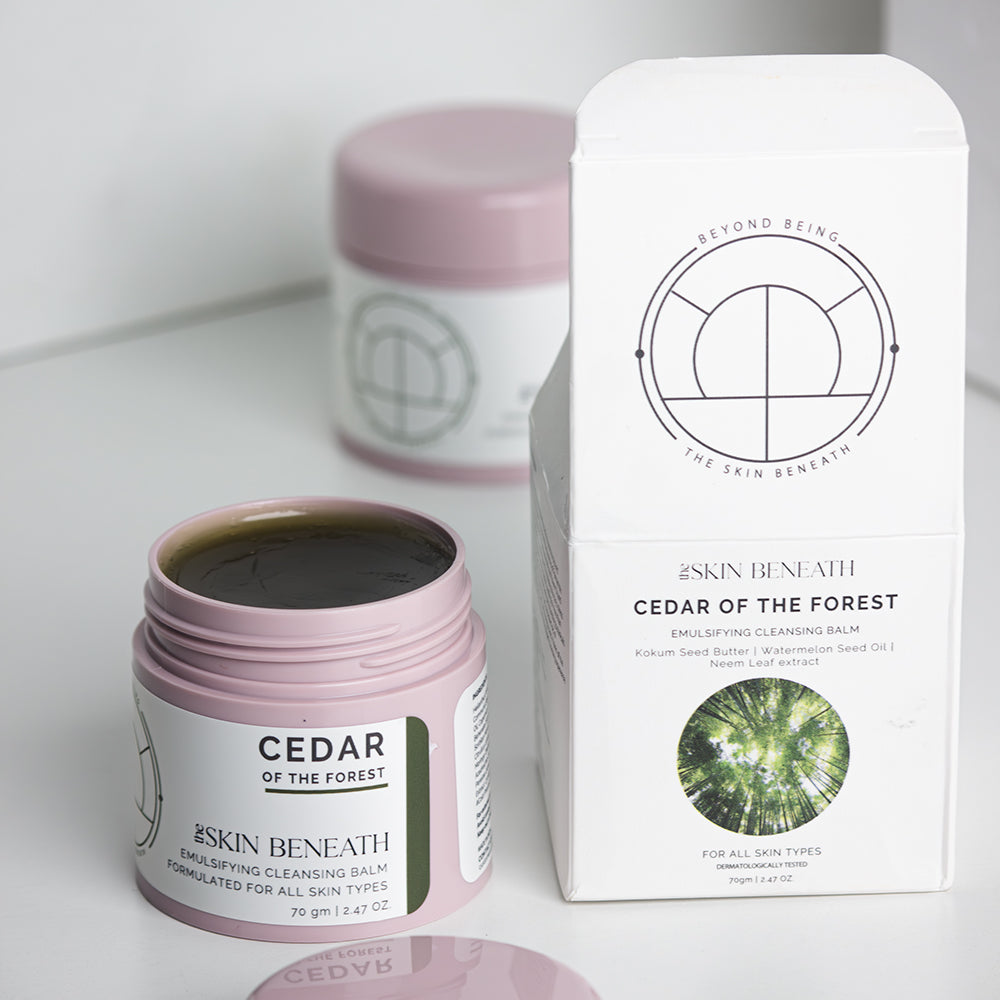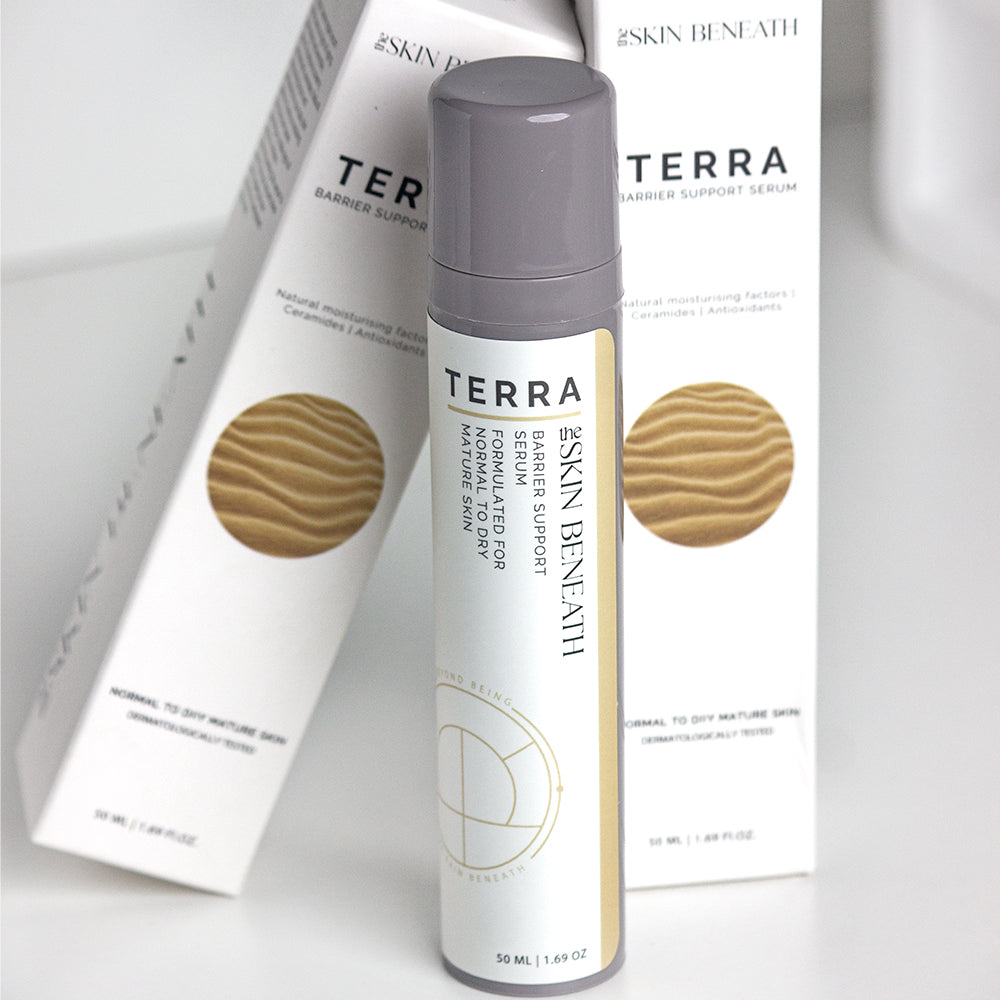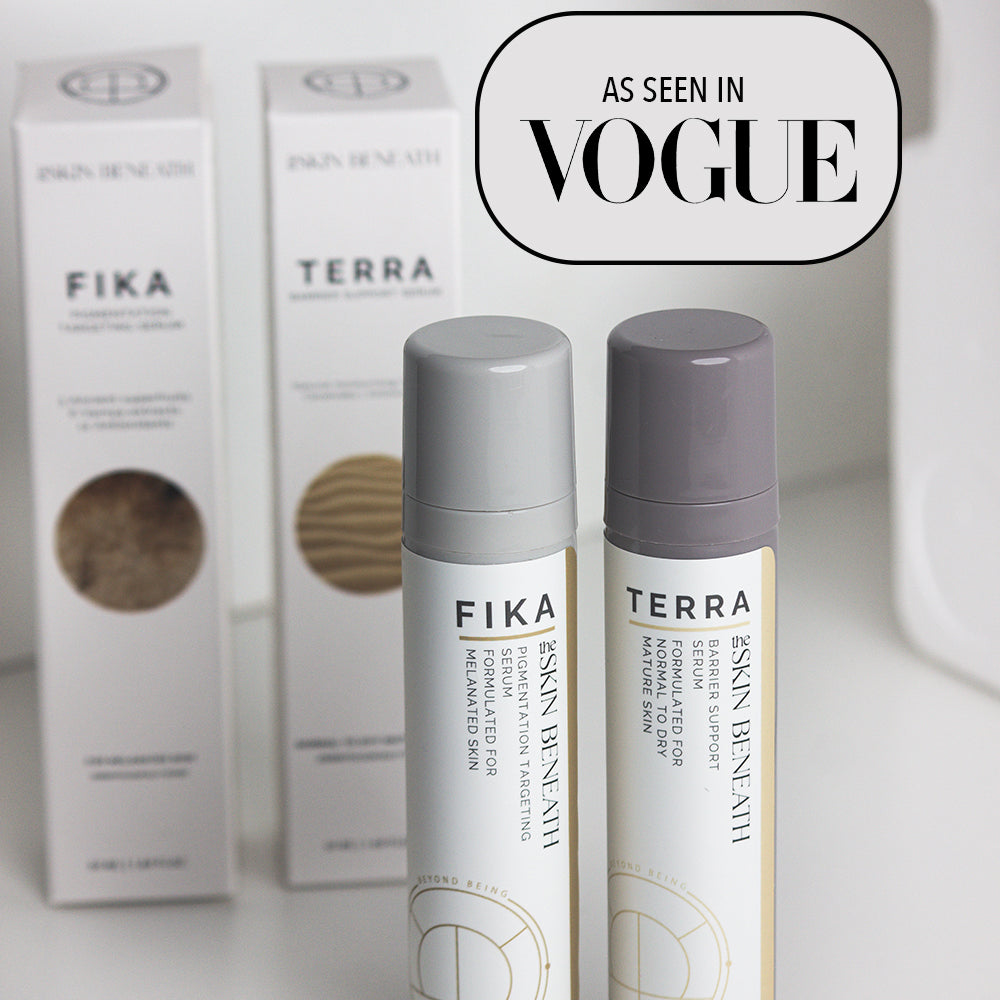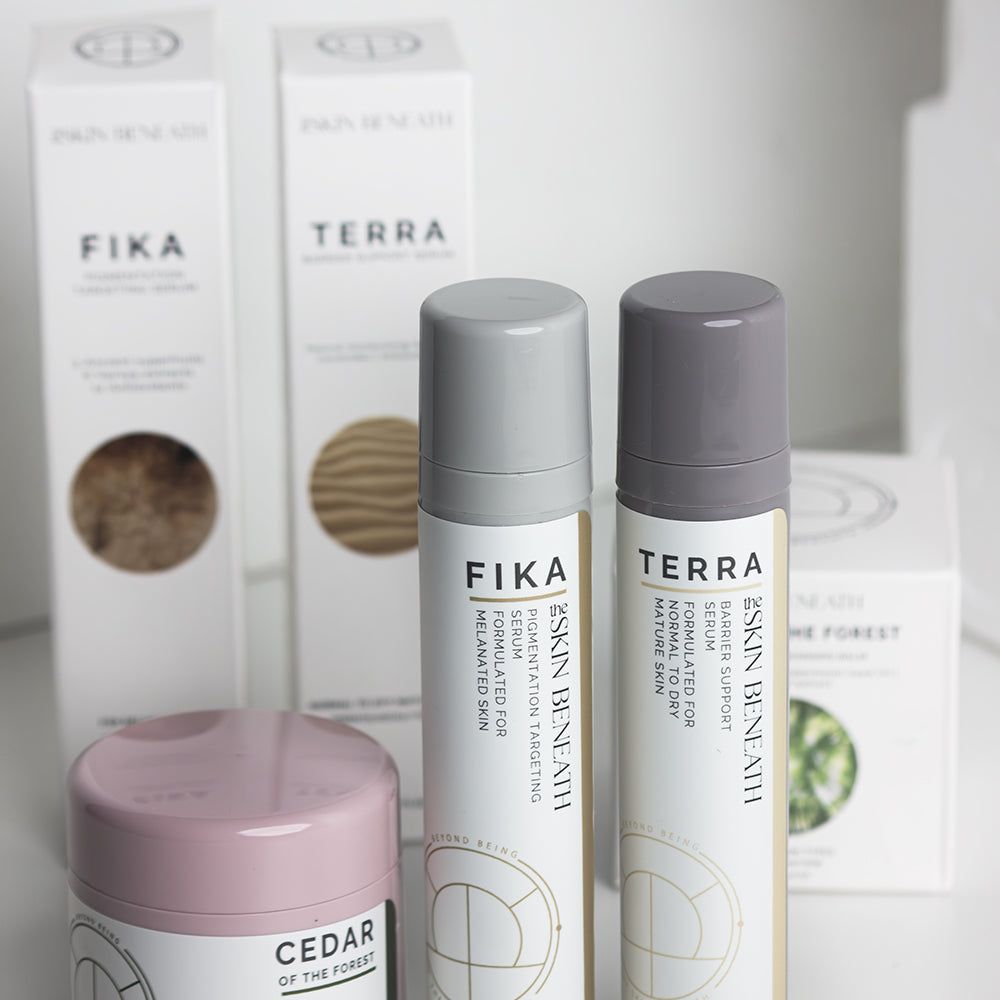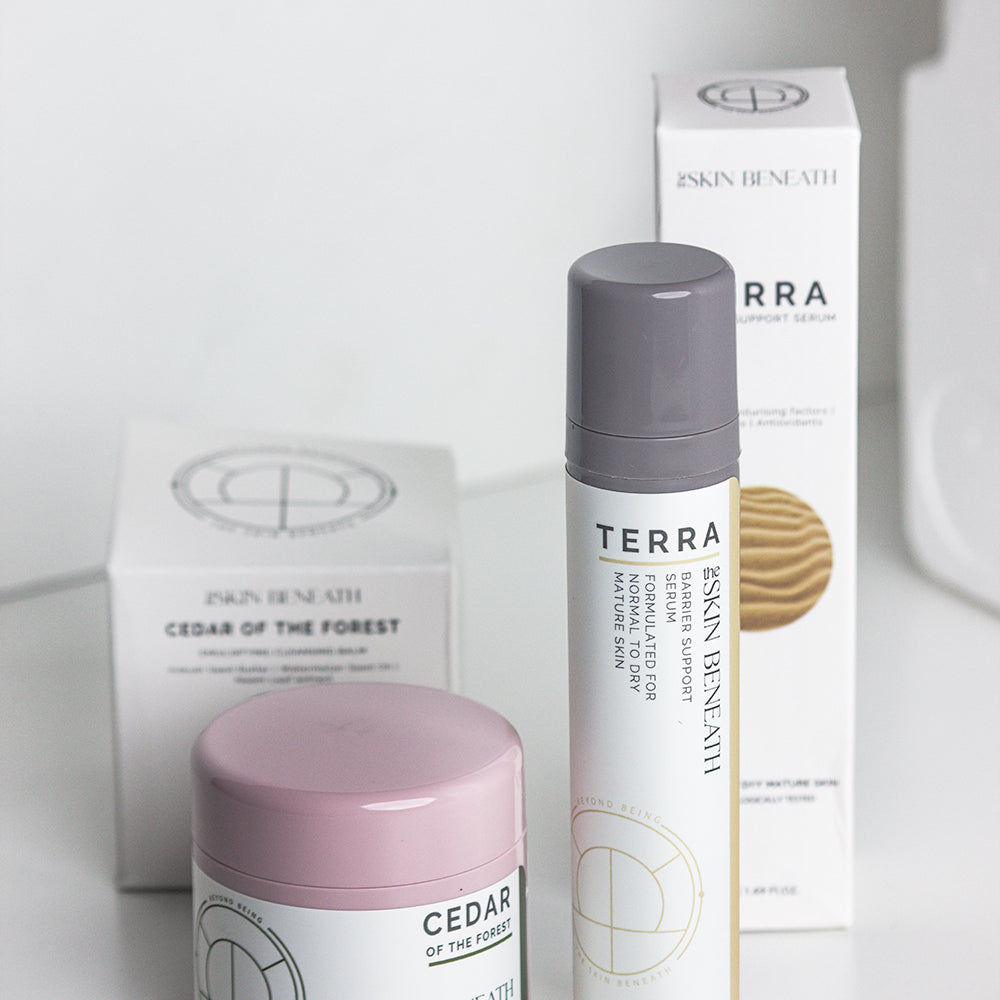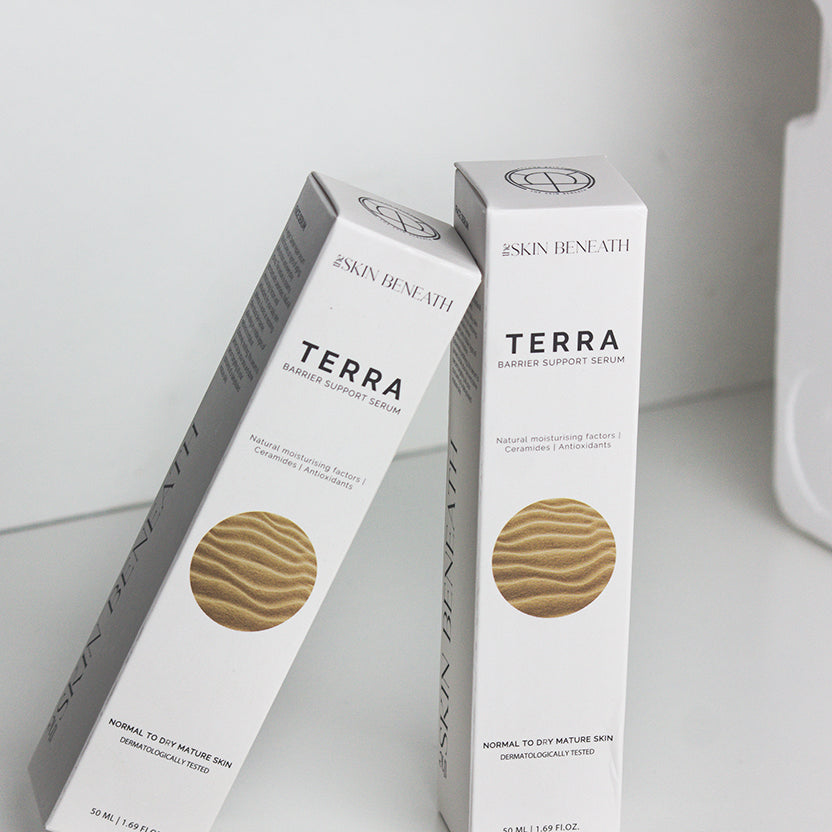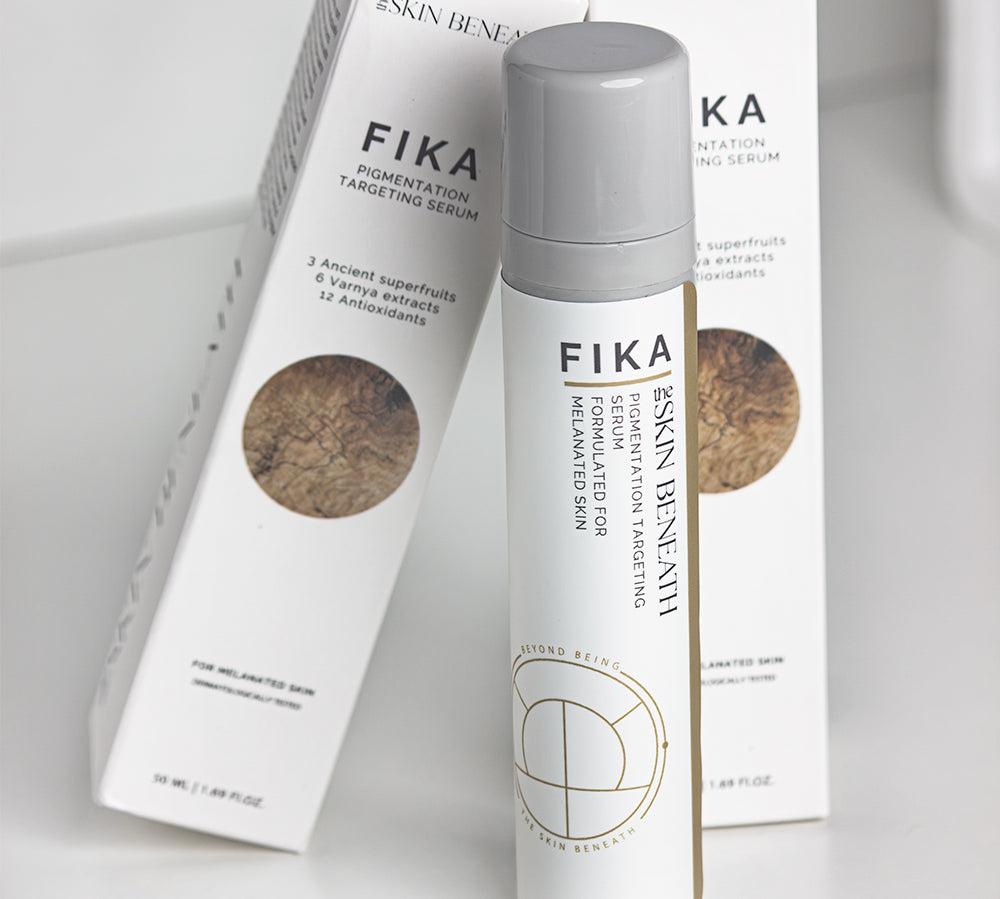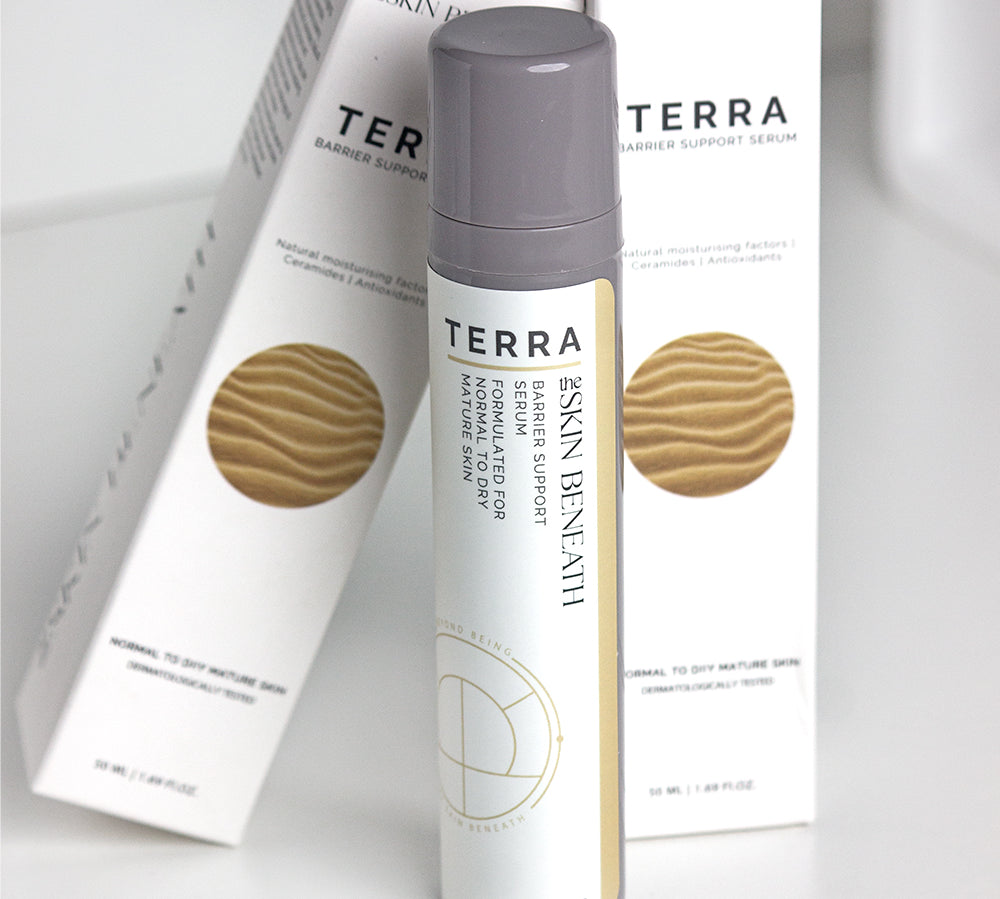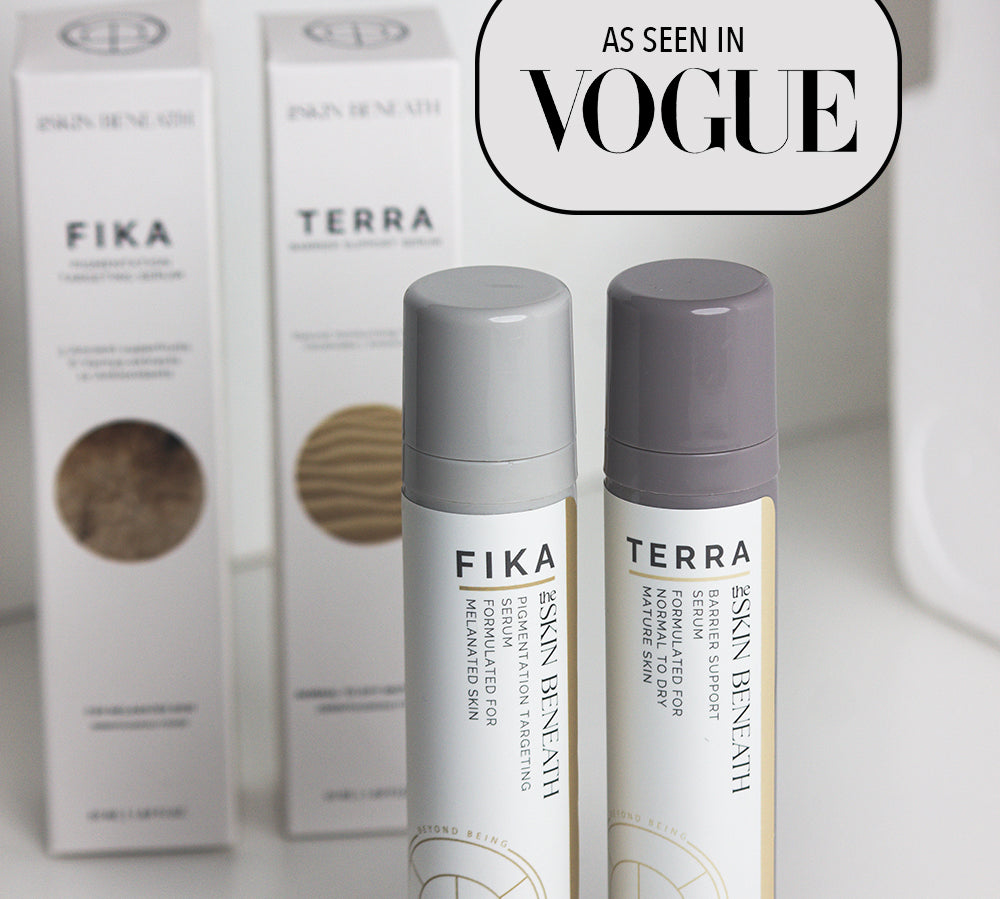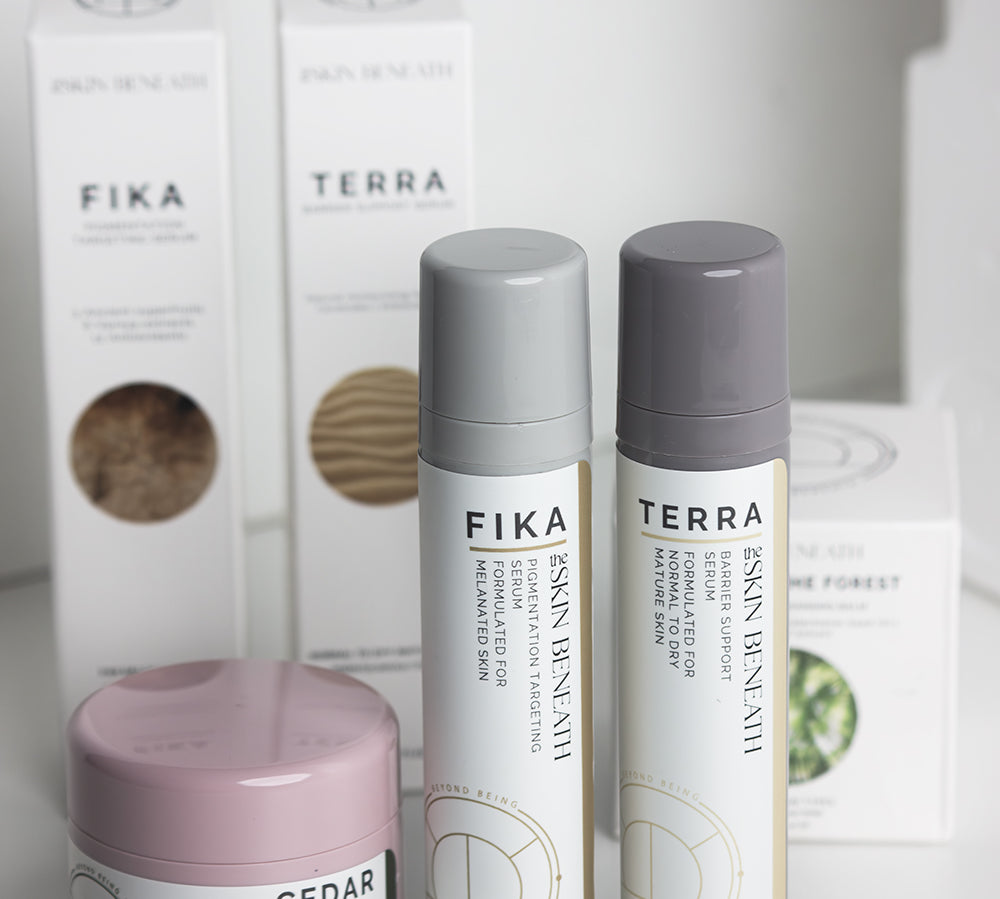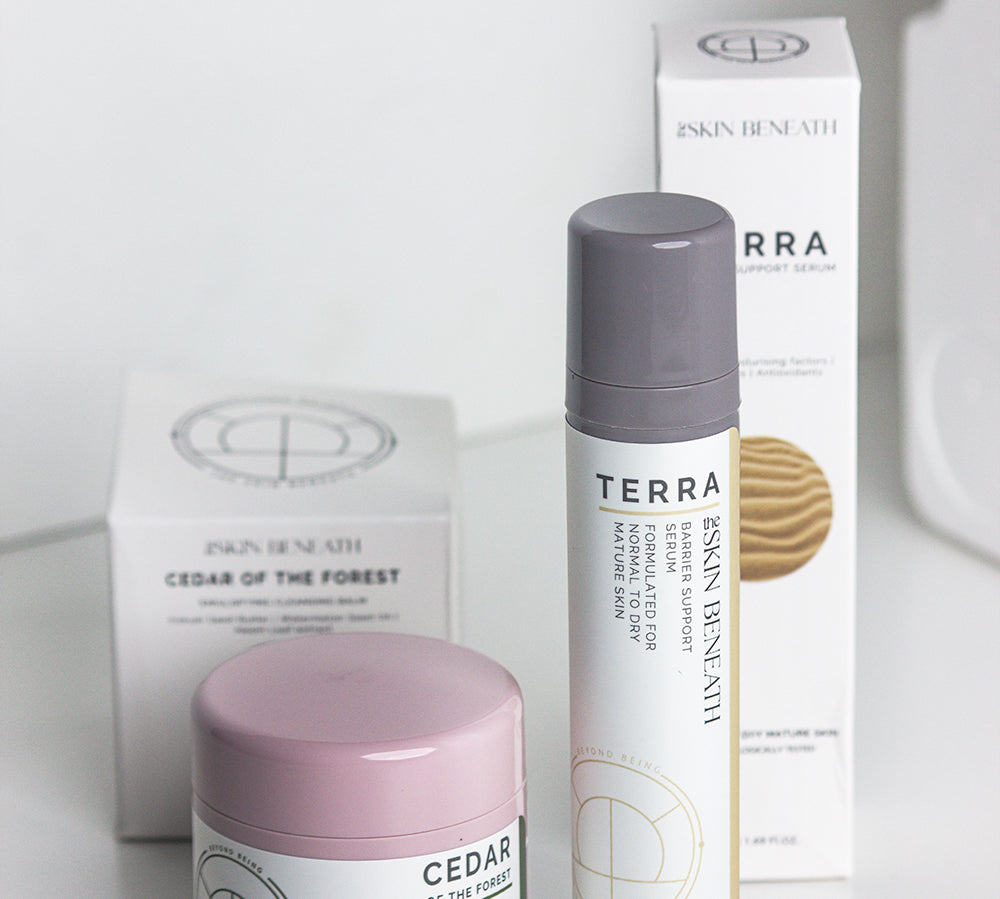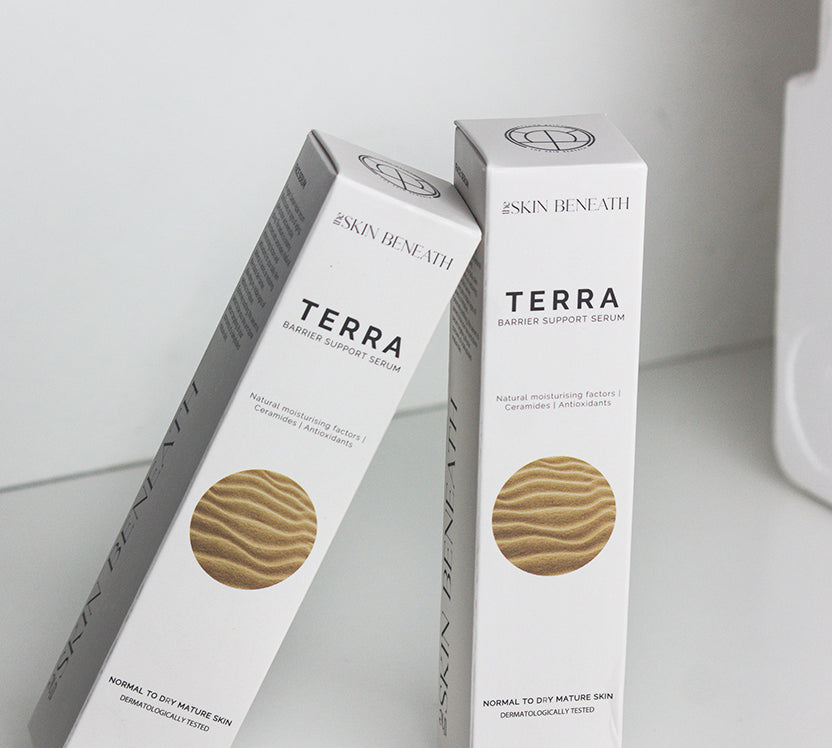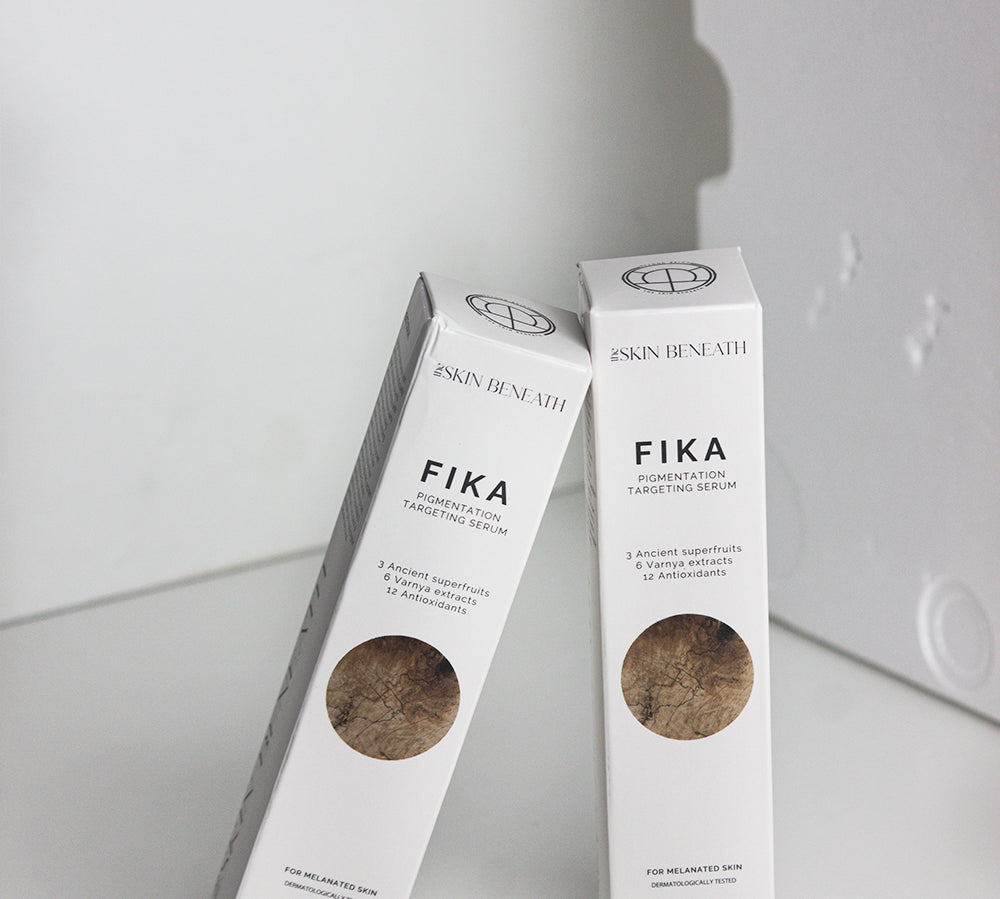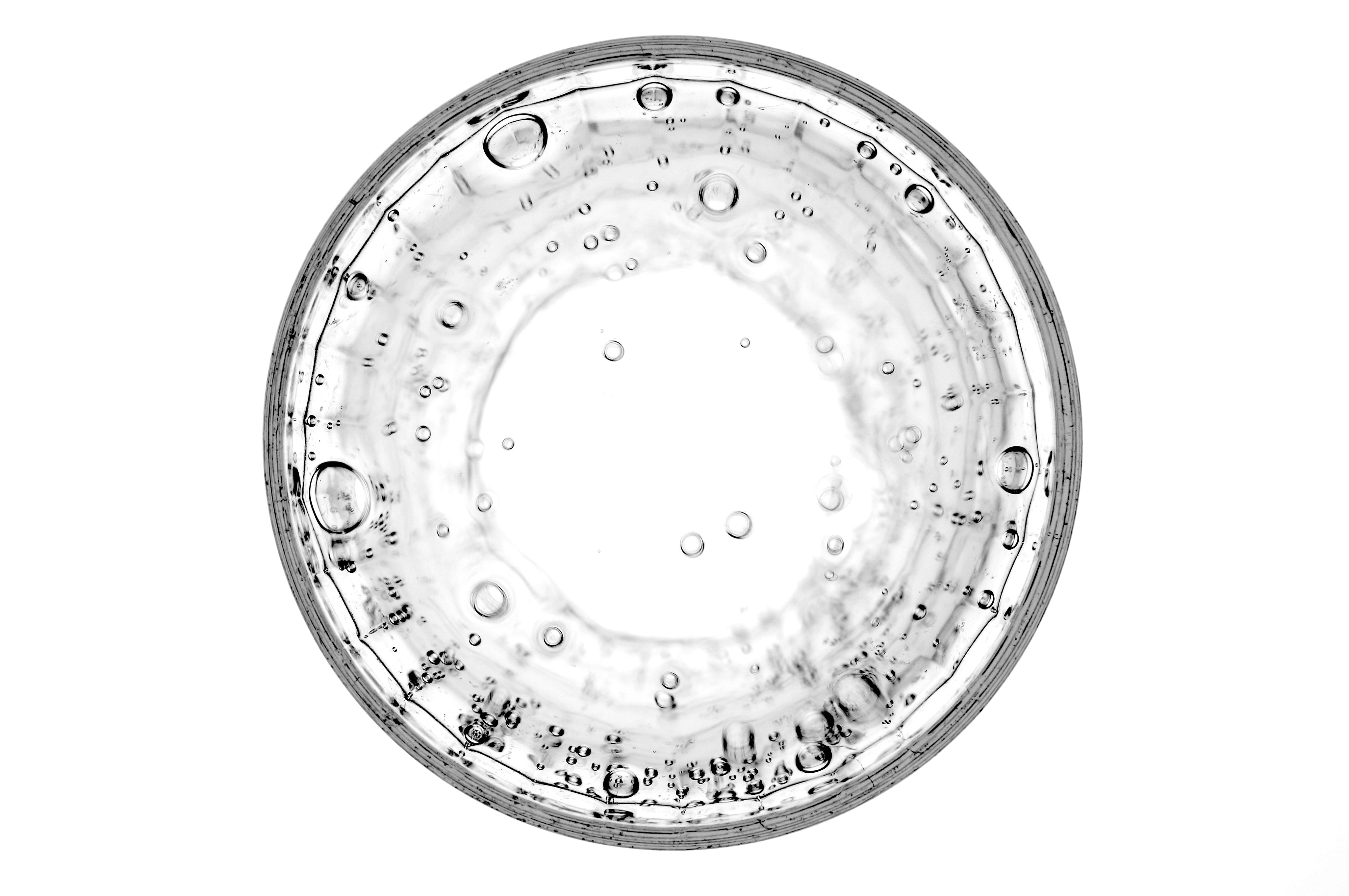Nonapeptide-1 is a lab-designed biomimetic peptide known for its targeted action on the skin’s pigmentation pathways. Unlike aggressive pigment reducers that bleach or inhibit melanin production entirely, Nonapeptide-1 acts more subtly and safely by interfering with melanin signaling, particularly by modulating the activity of the melanocyte-stimulating hormone (MSH). This makes it ideal for addressing uneven skin tone, post-inflammatory pigmentation, and dullness—especially for those with sensitive or melanin-rich skin.
What Is Nonapeptide-1?
Nonapeptide-1 is a synthetic peptide composed of nine amino acids. Its structure mimics the alpha-MSH hormone and competitively binds to the MC1R (melanocortin 1 receptor) on melanocytes—the pigment-producing cells in the skin.
By blocking the natural activation of MC1R, Nonapeptide-1 reduces the production of melanin, particularly in response to inflammation, UV exposure, or hormonal triggers. It does not bleach or remove existing pigment but instead slows down the overproduction of melanin, allowing the skin to gradually regain a more even tone.
Skin Benefits of Nonapeptide-1
1. Reduces Hyperpigmentation
By inhibiting MC1R activation, Nonapeptide-1 reduces the synthesis of melanin and the formation of new dark spots, especially in cases of melasma, sun spots, and post-inflammatory hyperpigmentation (PIH).
2. Prevents Pigment Recurrence
Unlike harsh skin-lightening agents, this peptide targets the upstream signaling pathways of pigmentation, helping to prevent new discoloration without irritating or compromising the skin barrier.
3. Enhances Even Skin Tone
Clinical users often report more luminous, balanced, and consistent skin tone after regular use. This is particularly effective when used in combination with anti-inflammatory and antioxidant ingredients.
Mechanisms of Action
-
MC1R Antagonism: Nonapeptide-1 blocks the binding of alpha-MSH to the melanocyte receptor, reducing the enzymatic cascade that leads to melanin production.
-
Tyrosinase Downregulation (Indirect): By inhibiting MC1R, it indirectly reduces the expression and activity of tyrosinase, the enzyme responsible for melanin synthesis.
-
Signal Interruption at Source: Acts at the root of melanin formation rather than just targeting melanin transfer or oxidation.
Role in FIKA (Pigmentation-Targeting Serum)
In FIKA, Nonapeptide-1 is strategically formulated alongside:
-
Niacinamide, which reduces melanin transfer and supports barrier strength
-
Bidens Pilosa Extract and Artocarpus Lakoocha, which offer plant-based tyrosinase inhibition
-
Glycyrrhiza Glabra (Licorice) Extract and Triphala Extracts, which help calm inflammation and oxidative pigmentation triggers
This layering approach allows FIKA to address pigmentation at multiple points—melanin synthesis, inflammation, oxidative stress, and barrier repair—without relying on hydroquinone or exfoliants.
Scientific Support and Clinical Research
-
A study published in Journal of Investigative Dermatology (2008) found that Nonapeptide-1 significantly reduced melanin content in melanocyte cultures and improved skin tone in clinical trials over 8 weeks.
-
In a double-blind clinical study, topical application of 4% Nonapeptide-1 showed notable improvement in hyperpigmented lesions, with high tolerability in all Fitzpatrick skin types.
-
Studies also report no rebound pigmentation upon discontinuation, an issue commonly associated with harsh depigmenting agents.
Safety and Skin Compatibility
Nonapeptide-1 is considered:
-
Safe for long-term use without the risk of ochronosis or irritation
-
Suitable for melanin-rich skin, where barrier disruption often worsens pigmentation
-
Compatible with antioxidant, hydrating, and soothing agents (like panthenol and niacinamide)
In FIKA, it is used at a concentration that is both effective and gentle, suitable for sensitive skin and barrier-impaired individuals.
Connection to FIKA’s Claims
-
Pigmentation Control: Directly modulates melanin production signaling to reduce dark spots.
-
Barrier-Friendly Brightening: Offers a non-exfoliating, non-irritating approach to skin clarity.
-
Antioxidant Synergy: Enhances the pigment-preventive effects of botanical extracts and niacinamide.
Key Takeaways
-
Nonapeptide-1 is a clinically validated, biomimetic peptide that reduces hyperpigmentation by targeting the melanocyte signaling pathway.
-
In FIKA, it serves as a precision tool for skin clarity, working in concert with anti-inflammatory and antioxidant botanicals.
-
It offers a safe, stable, and effective alternative to hydroquinone, kojic acid, and other sensitizing brighteners.
References
-
Abella, C. (2008). Evaluation of Nonapeptide-1 in reducing hyperpigmentation. Journal of Investigative Dermatology, 128(Suppl 2), S183.
-
Pistor, M. (2011). Topical use of oligopeptides in dermatology. Journal of Cosmetic Dermatology, 10(1), 16–23.
-
Konda, S., & Geria, A. (2018). Peptide-based treatments for hyperpigmentation. Clinics in Dermatology, 36(3), 365–371.
-
Cosmetic Ingredient Review Panel. (2017). Final Safety Assessment of Nonapeptide-1 and related synthetic peptides as used in cosmetics.
-
Draelos, Z. D. (2020). Peptides in pigmentary disorders. Journal of Clinical and Aesthetic Dermatology, 13(4), 24–30.


